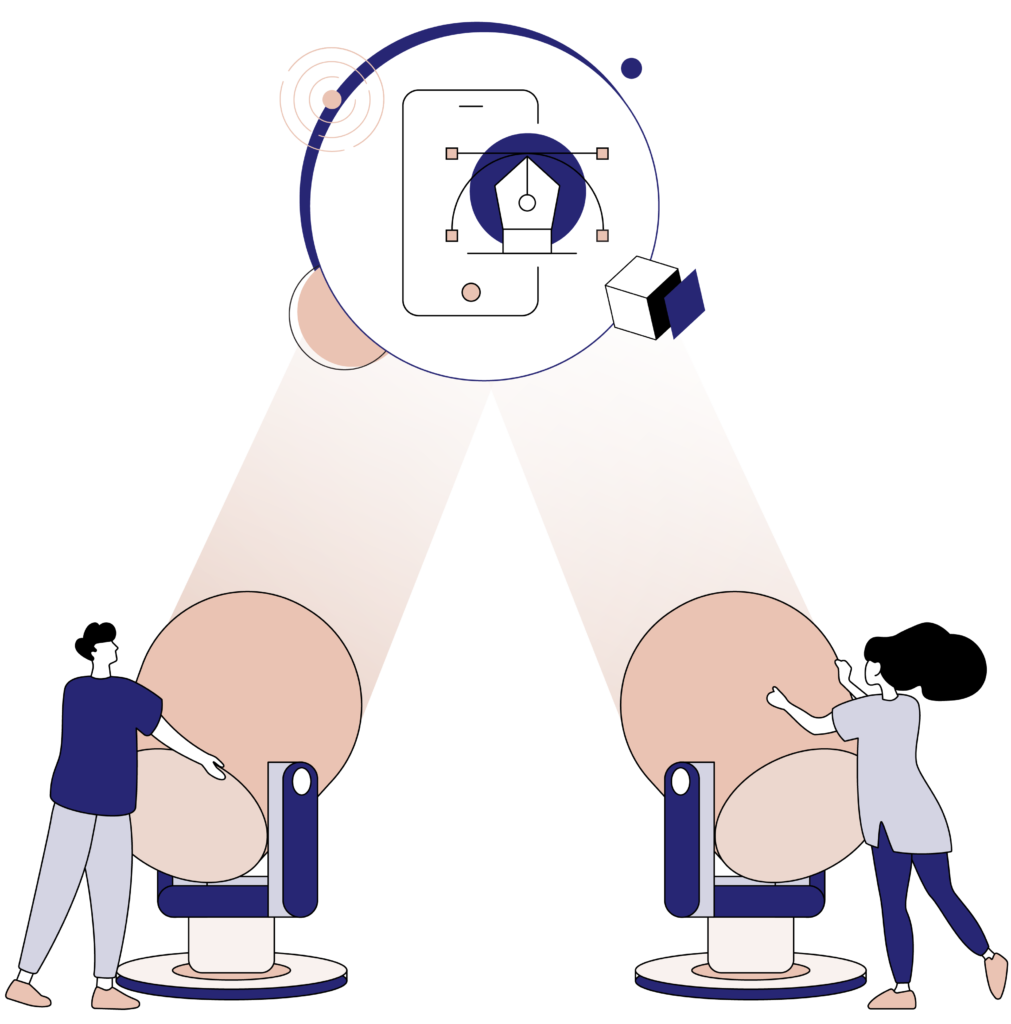The Star Wars saga created an enticing universe: the Dark Side of the Force, dominated by Darth Vader, the Siths and of course, darkness. For a while, we’ve all been able to enjoy this darkness without having to travel to another galaxy, with dark mode becoming popular in many apps and websites.
Leaving the Force behind for now, let’s talk about dark mode and how we understand, interpret, and apply it in the Amaris User Experience department. Dark mode is a relatively recent concept and refers to the use of dark colors in a user interface. In many apps, users can select either dark or light mode. Google Chrome’s default interface is an example of light mode, and its “incognito mode” is an example of the dark side we’re discussing here.
Dark mode has been around for a while and its origins lie in old computers which used a black background and green lettering, although this was only for technical reasons. Later, with the popularization of the Internet, the designers of the most well-known sites favored light mode, a logical translation from the design of books and printed media. Light mode became the default format. But a few months ago, research, the need to optimize resources, and the search for energy efficiency meant that dark mode came back with a vengeance and became fashionable.
The main benefit of using this option is battery saving which can be between 14% and 60%, where the screen is OLED and not LCD, and depending on the brightness of the device. Other important reasons for opting for dark mode are the benefits for those who suffer from photophobia or atypical light sensitivity. Dark mode can minimize their discomfort. On the other hand, dark mode can be harmful for those who suffer from stigmatism. Undoubtedly, another very significant benefit is that this mode makes the content stand out more, especially images and videos. Platforms such as Netflix and YouTube know this very well. You can now enjoy dark mode in most apps, and in Dark Mode List there are guides to show you how to activate dark mode quickly and easily in the most popular apps.
Within the Amaris UX department, when we design an app or a website’s dark mode, we have a multitude of considerations in mind. Choosing the right sources is fundamental, as is selecting colors. You need to use very dark greys as well as avoiding saturated colors. There are many more aspects to consider. After all this, we test, test, and test again with different options. Or, if you will, we explore the Dark Side.
Find out more about the rest of Amaris’ UX capabilities on www.amaris.com.


